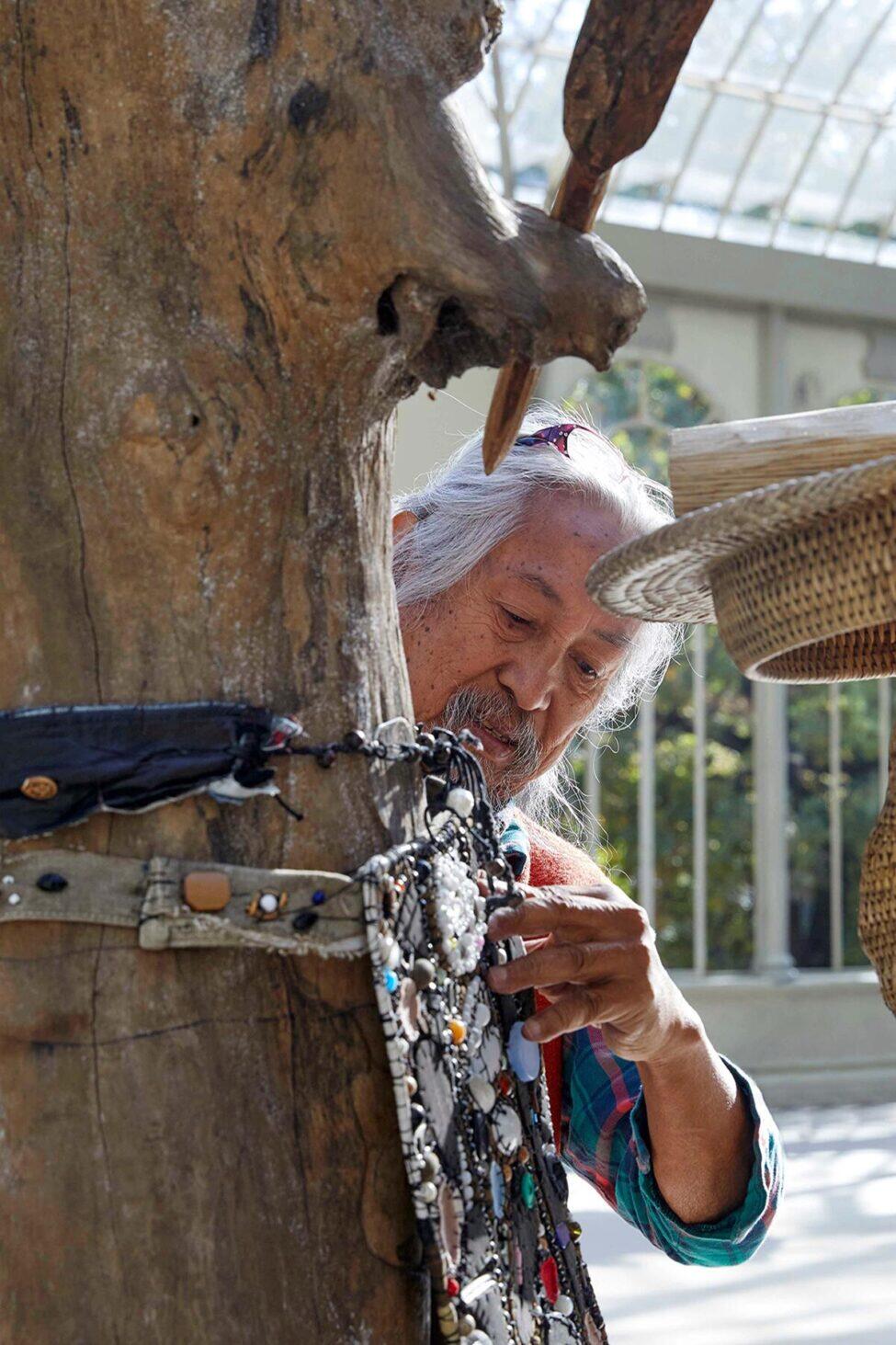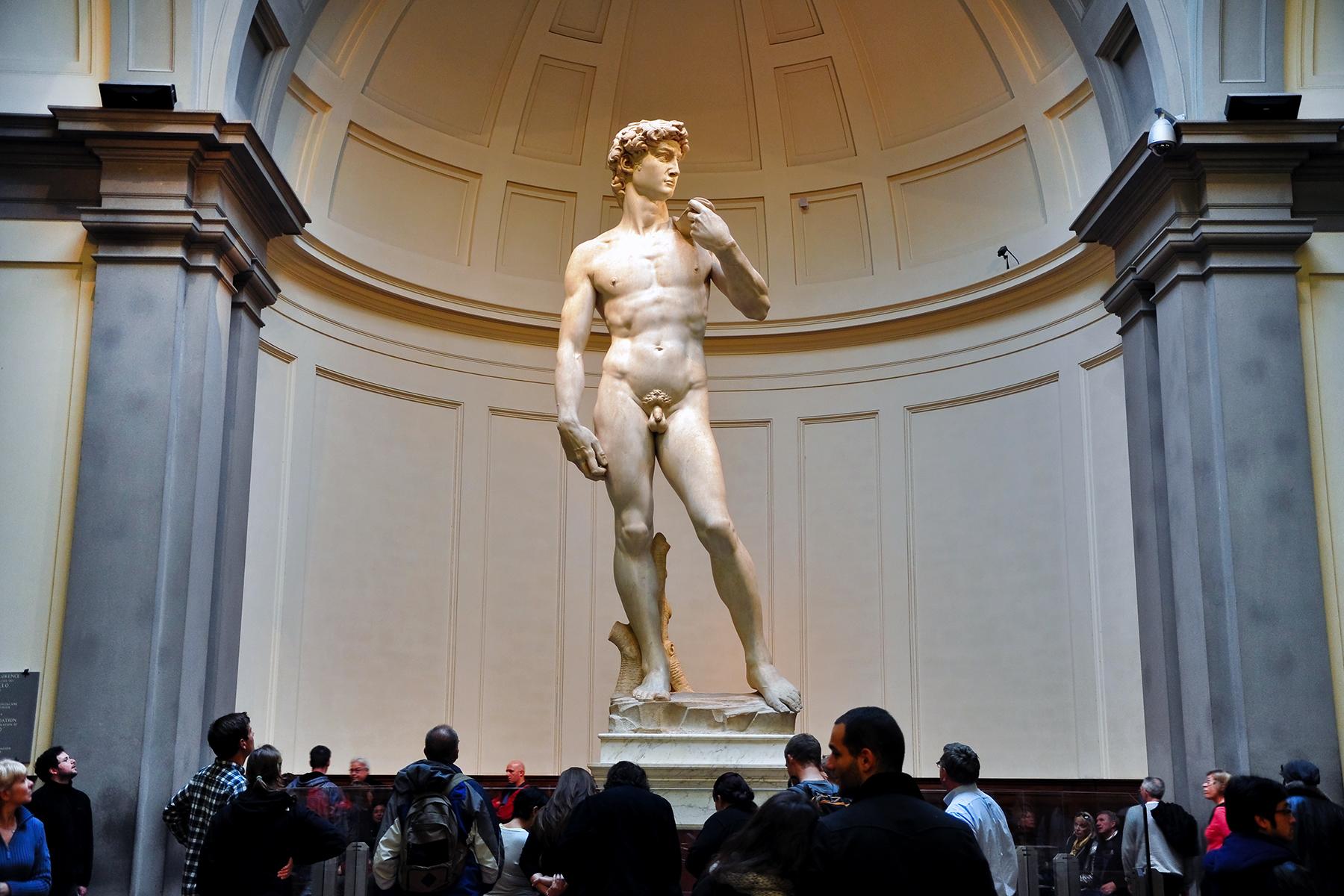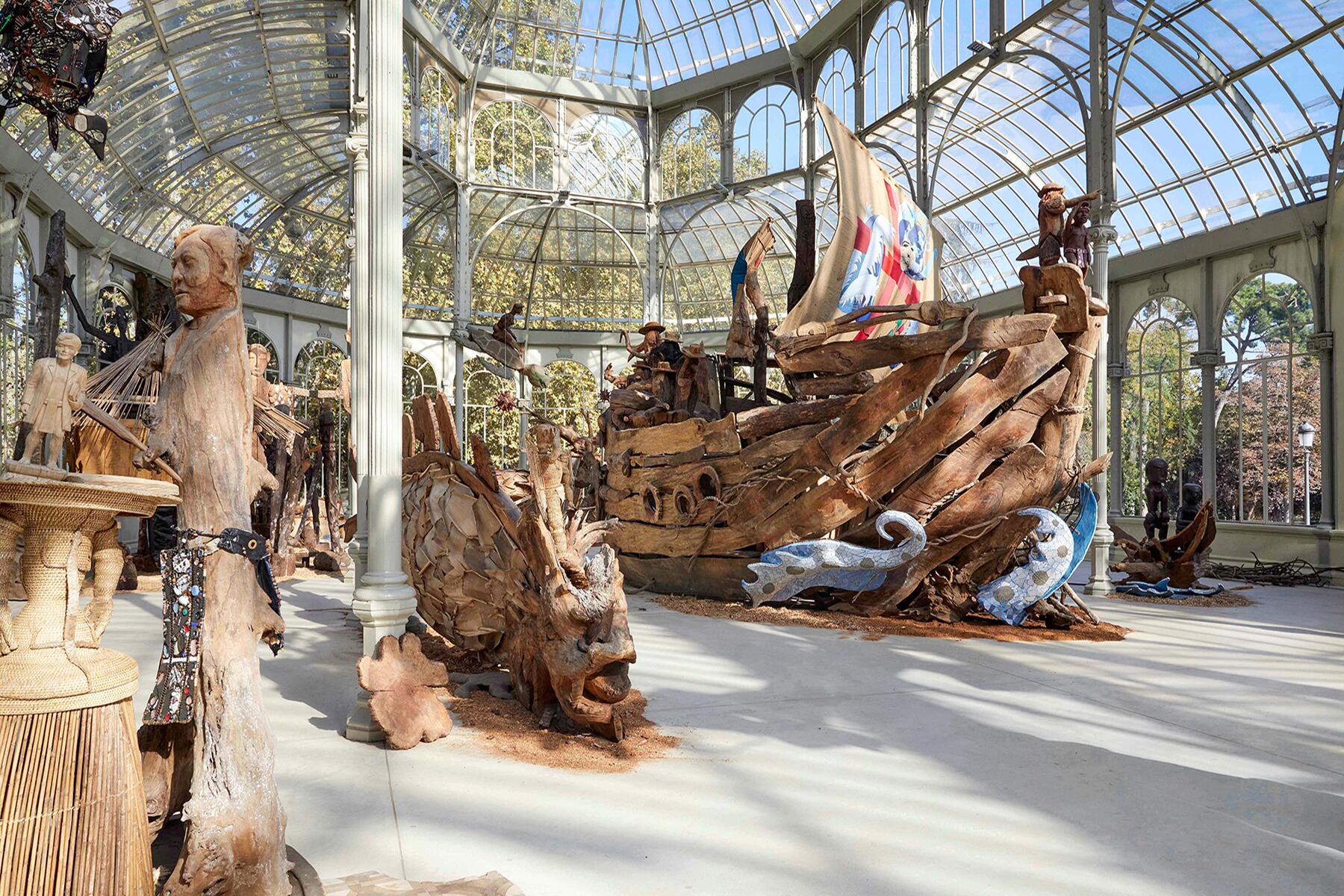Madrid’s iconic 'Palacio de Cristal' was created to house the very first exhibition of the Philippines, showcasing flora, fauna, and people. Now, the venue is retelling a racist history from the perspective of Filipinos.
Madrid’s latest exhibition retells the dark, racist history of one of its most beautiful structures through the eyes of the people it involved. Kidlat Tahimik is the first Filipino artist to have work in the Palacio de Cristal (Glass Palace), the venue that was built to house the very first exhibit about the Philippines 500 years ago.
The History of the Palacio de Cristal
The Palacio de Cristal, built by architect Richard Velàzquez Bosco, is a stunning structure made of glass and iron, which now acts as a venue for seasonal art installations in collaboration with the Museo Nacional de Arte Reina Sofía, which owns the Palace. El Retiro, the park in which the palace was built, was recently granted a spot as a UNESCO World Heritage Site in 2021, a decision met with celebration by the Spanish and criticism by activist groups.
The small weathered plaque outside the Glass Palace details its history as a greenhouse that would host the very first Exposicion General De Las Islas Filipinas in 1887, where the Spanish brought back flora, fauna, and artifacts from the colonies they created in the Philippines as a way to showcase them. But the plaque leaves out one very significant detail of the Glass Palace’s history: The exhibit also showcased Igorot men and women, people from the mountains of Northern Luzon, Philippines, captured by the Spanish and exotified for the benefit of the public. As prolific Filipino writer José Rizal wrote upon seeing the exhibit for himself, it was no better than a “human zoo” in which his people’s non-Western identity was demonstrated through their clothing and routine, in a way that dehumanized them.
Recommended Fodor’s Video
Since the initial exhibit 500 years ago, no artwork had been created about the original Exposicion General De Las Islas Filipinas by a Filipino until recently. Kidlat Tahimik, born Eric Oteyza de Guia in 1942, changed his name to mean “silent lightning” in Tagalog. Tahimik is a writer, filmmaker, and artist whose films are often associated with the Third Cinema Movement for their critique of neo-colonialism and capitalism.
As the story goes, Tahimik approached Reina Sofia three years ago to build the exhibit.
“Because his work is often a critique of capitalism and colonialism, it made perfect sense to exhibit his work in the context of the Glass Palace,” said Soledad Liaño, lead coordinator of Tahimik’s exhibition. The exhibit, Magellan, Marilyn, Mickey & Fr. Dámaso. 500 Years of Conquistador RockStars is an epic scene made entirely of organic materials, wood, wicker, and shells that ran from October 28, 2021, to March 6, 2022.

The Exhibition: Magellan, Marilyn, Mickey & Fr. Dámaso. 500 Years of Conquistador RockStars
The week that I went was the last weekend of its showing. Locals and tourists queued up outside and eyed the impressively large exhibit inside through the glass. The Glass Palace is situated in front of a small pond where turtles and ducks sunbathe and swim, and often, walking to the palace means listening to local musicians play violins, cellos, or flutes in exchange for small change. Once inside the Palace, I was immediately met with the breadth of the exhibit, made up of three epic scenes that give a subversive retelling of the Spanish colonization of the Philippines.
INSIDER TIPThe Glass Palace is free to enter. From April to September, the next exhibition will be by Carlos Bugna, a Portuguese artist whose work will focus on themes of location and cycles in nature. The exhibit is called ‘Against the Extravagance of Desire.’
After Tahmik approached Reina Sofía Museum three years ago to create a work in the Palace, he and his team conceptualized the installations. They built each piece in the Philippines during the pandemic, from the large-scale boat made up of wood to the round, chandelier-like piece made of wicker symbolizing Indigenous deities, within a couple of years.
To the right, the first part of the exhibit tells the story of Portuguese navigator Ferdinand Magellan, who died while battling the Indigenous people of the Macatan Island, located in the Philippines, in 1521. Surrounding a fallen Magellan is the tribal chief, Lapulapu, and his wife, Queen Bulaktan, depicting a scene where the Indigenous tribe is the victor and places Lapulapu as a symbol of resistance. Ikeng, who Magellan enslaved and used as a translator, is also a prominent figure in Tahimik’s installation, as well as in the film that screened at the Reina Sofia, Balikbayan #1: Memories of Overdevelopment Redux IV (1979-2017). Ikeng, the first man to circumnavigate the world, is a character whose role is often diminished in history books.
The second sculpture ensemble depicts the original Madrid exhibition. It features prominent historical figures like Rizal dressed in a loincloth, signaling his unity with his culture, and several Igorot men under a cage-like dome. The words “MAD EXPO 1887” and “Nuestros Filipinos Civilizados” (“Our Civilized Filipinos”) are written in neon lights. Characters from Jose Rizal’s novel, Noli Me Tángere (1887), also appear, such as Fray Dàmasco, a Spanish friar and villain of the story, who is depicted as a wolf, and Maria Clar, another of Rizal’s characters. Rizal’s books, exile, and execution would spark the beginning of the Philippine Revolution in 1898, and he remains an important figure in Filipino history.
The third part of the installation reflects contemporary culture clashes, depicted as Indigenous cultural resistance against Western icons like Mickey Mouse, Marilyn Monroe, and superhero figures like Captain America. Tahimik said this part of the work represents the strength and resistance against the Hollywood industry that dominates Eastern culture.
“We have our own narratives, we have our own mythology,” Tahimik said of this part of the work.
How Have Locals and Expats Reacted to the Exhibit?
The reception has been extremely positive. Kids and teenagers have been especially curious about Tahimik’s subversive retelling of what’s been in their history books here in Spain. When I was at the exhibit, waiting for my turn to speak with Tahimik, one Spanish man walked up to him and enthusiastically praised his work, saying it was the best he’d seen in the palace. During the film screening, I ran into a Filipino girl who had expatriated from the Philippines to Madrid and was familiar with Tahimik’s work. As we watched the film, she’d lean in to whisper inside jokes and explanations for some of the significant symbols of Filipino culture shown in the movie.
Joshua Navarro, an English teaching assistant from Bulcan, an hour away from Manila, who lives in Madrid, said he felt proud of seeing the exhibit and was fascinated to see this story told after knowing the context of the Glass Palace had once been used for. “My friends and I went to see it, but it was closed on that day. I saw the artist around the corner and immediately went to say hi,” Joshua said. “Kidlat explained his installation at that moment for us, which was cool because I’d never had an artist explain his work to me. It was really memorable.”
In the last month of the exhibit, Tahimik was honored by The Philippine Embassy in Madrid, where they hosted a diplomatic reception. It is this month also that, unfortunately, one of Tahimik’s sons, Kidlat de Guia, passed away while they were in Madrid celebrating the last week of the exhibit.
2022 marks the 500th anniversary of Magellan’s conquest and 134 years since the palace hosted the original exhibit. While Tahmik doesn’t consider himself a historian, as he said in the pre-word for his film screening, he does say this work “attempts to say there may be other versions of history to consider,” ones that subvert the racist perspective of who conquers and is conquered. While not a historian, Kidlat Tahimik’s work will forever be a significant part of Palacio de Cristal’s history.



